With the introduction of LED grow lights over the last few time, farming has experienced a massive transformation. This revolutionary system of lighting has been a game changer when it comes to indoor plant cultivation. LED (Light Emitting Diode) technology not only provides the most energy-efficient option to conventional lighting systems, it is also significantly enhancing yield and growth for plants. yield. In this post, we’ll look at the many advantages of LED-based grow lights and the ways they’ve paved the way for successful cultivating plants.
The Evolution Of Plant Lighting

The hunt for suitable lighting options to cultivate indoor plants dates to the past several years. Traditional lighting sources, such as high-pressure Sodium (HPS) or Metal Halide (MH) lamps were widely used. However, they were not without their flaws that included high energy use as well as heat emissions. They were also ineffective to promote healthy plant growth.
Since the advent of LED technology, The horticulture sector experienced an important shift. LED lighting has become more well-known due to its flexibility as well as its customizable spectrum and efficiency in energy use. LED lights are a viable answer to the issues that indoor farmers face as well as gardeners, providing opportunities for all-year-round cultivation as well as greater control over growing conditions.
Energy Efficiency And Cost Savings

One of the main positives of LED grow lights is their incredible efficiency in energy use. Contrary to traditional lighting systems LEDs transform a greater percentage of electrical energy to usable lighting while creating lesser energy. The result is significant energy savings and makes their use more affordable over the long run.
LED grow lights could reduce the use of up or more electricity in comparison to conventional lighting methods. The result is not just lower operating costs for farmers and commercial growers, but it also allows indoor cultivation to be much more affordable to smaller-scale lovers and amateurs.
Tailored Spectrum For Optimal Growth
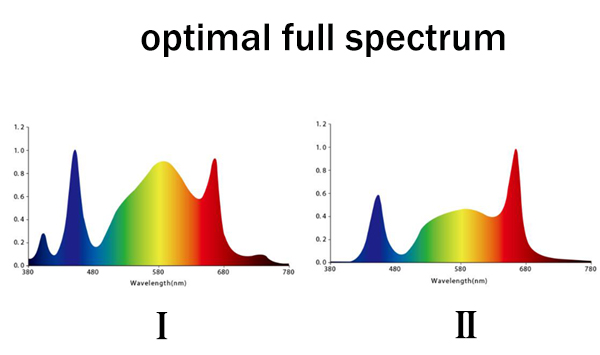
One of the most impressive characteristics of LED grow lights is that they can give a customized lighting spectrum to meet the specific needs of plants at different phases of growth. They have their requirements in light to help with germination, vegetative growth, and flowering. LED technology allows planters to modify the spectrum of light mixing different wavelengths to maximize the development of plants.
In the vegetative phase, the plants require a higher amount of blue light. This encourages leaf and root development. However, in the blooming phase, there is a greater proportion of red light that promotes flowering and budding. LED grow lights can be tuned to provide an appropriate spectrum during every stage of the plant’s growth process, resulting in stronger and healthier crop yields.
Precision And Light Direction
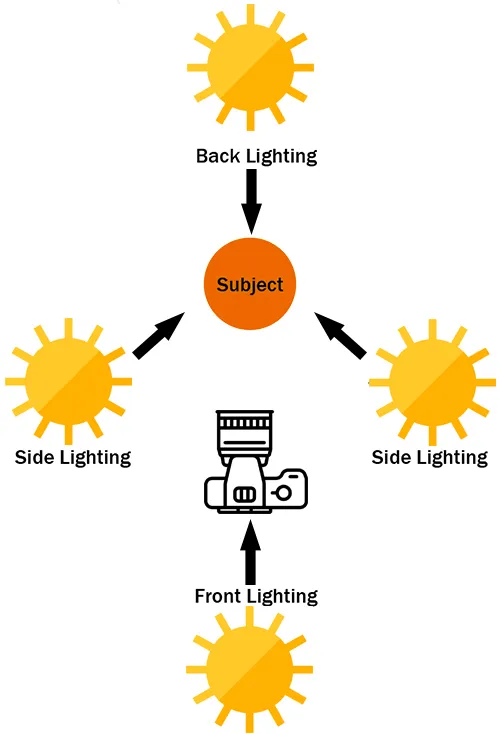
Traditional lighting systems typically emit lighting in all directions creating unnecessary light loss and energy loss. However, LED lighting is directional. This is to say that they produce lighting in a targeted manner and directly target the plants. The preciseness of LED grow lights ensures that plants get the highest quantity of light required for their growth, without any waste.
In addition, the directional characteristics of LED grow lights enable growers to place their lights in a way that ensures that all plants receive sufficient sunlight. Being able to direct the light exactly not only helps to improve the growth of plants but also reduces the effects of light and interferes with the environment around it.
Reduced Heat Emission
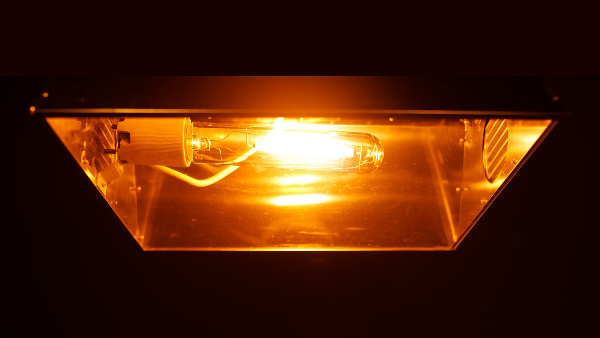
Heating management is an important aspect of indoor cultivation. The traditional lighting system, such as HPS or MH lamps generate large amounts of heat. This requires extra cooling systems to ensure the right temperature for the growth of plants. The cooling systems increase the total energy use and cost.
LED lights however generate less heat and thus reduce the requirement for elaborate cooling arrangements. Because of their low heat output, LEDs make sure that the plants don’t have to be subject to temperatures extreme, which may cause stress or cause damage to. In the end, LED lighting contributes to a stable and controlled environment for growth.
Longevity And Durability
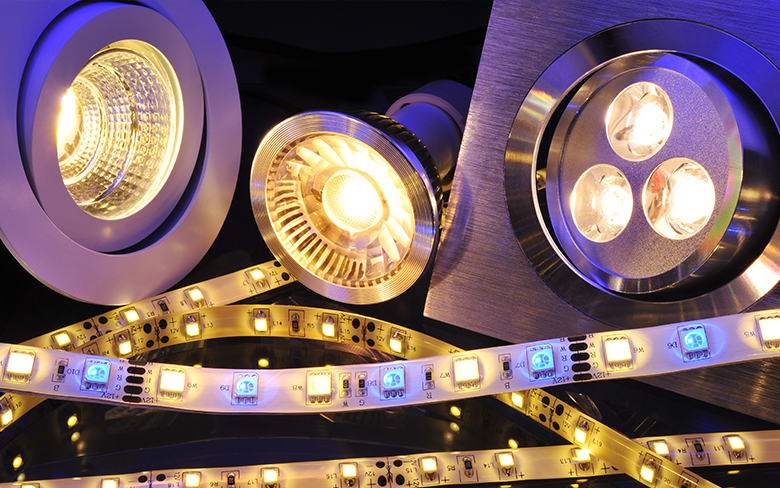
LED grow lights come with an incredible lifespan when compared to conventional lighting systems. Although MH and HPS lamps generally last between 10,000 and the 20,000-hour mark, top-quality LED lighting can last from at 50,000- 100,000 hours, or longer. This longer life span is not just a way to cut down on expenses for replacement or maintenance but also guarantees the same light output throughout.
In addition, thanks to their solid-state structure LEDs are stronger and more immune to physical damage. They are not made of glass or filaments that are fragile which makes them more resistant to failure or breakage. They are also able to choose durable lighting that is reliable all the time.
Environmental Friendliness
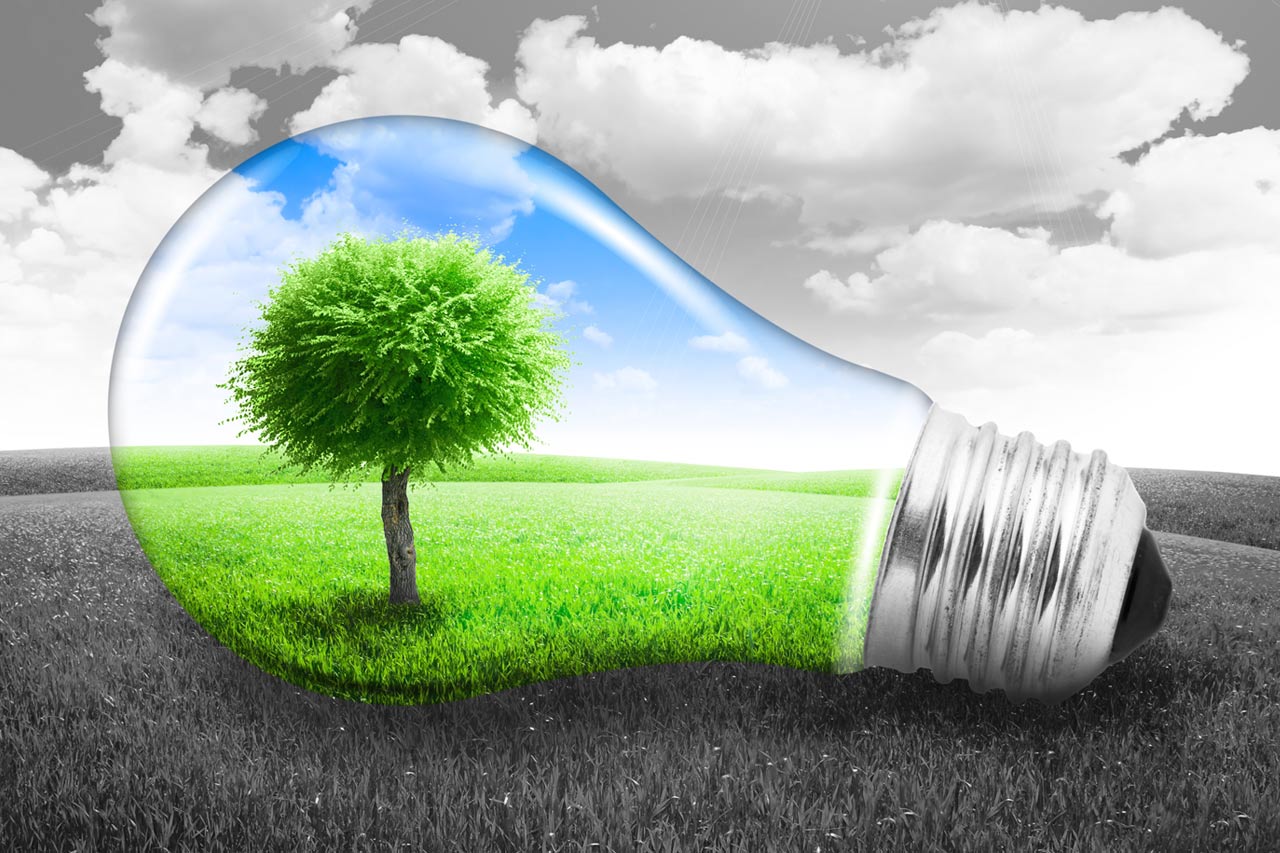
With the rise of environmental awareness, LED growth lights are in perfect alignment with green techniques. As we said earlier their energy-efficient operation decreases the emission of greenhouse gases and reduces the carbon footprint that is associated with indoor cultivation.
Furthermore, LED lighting does not include harmful substances like mercury that are often found in conventional lighting systems. This means that they’re much less difficult to reuse and dispose of in a responsible manner, which reduces their environmental impact.
Increased Control And Automation
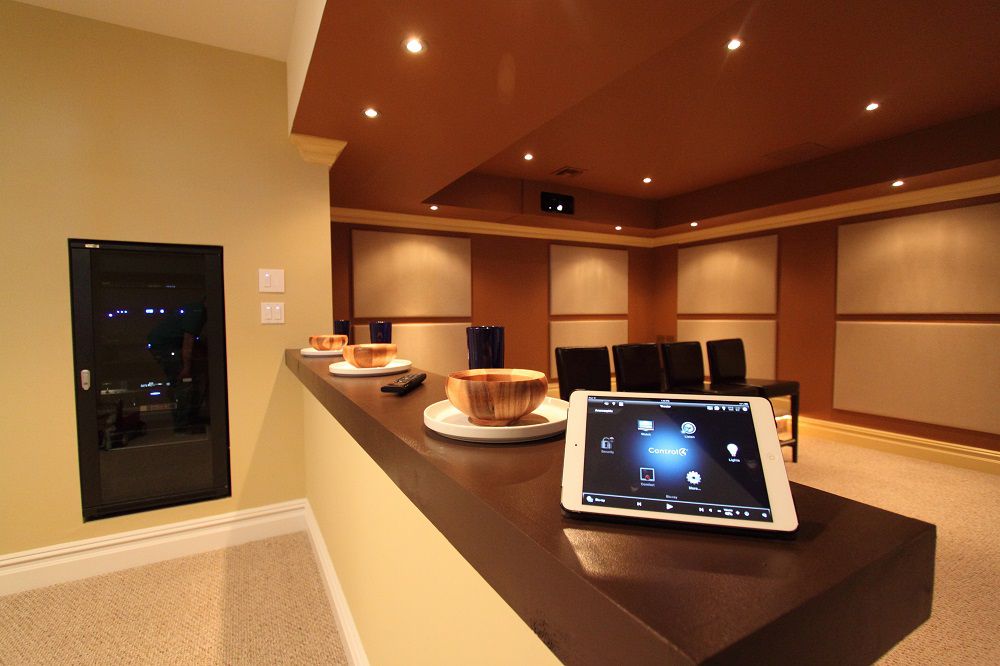
Growers using LED lights can control precisely different environmental variables, leading to more efficient and automated cultivating plants. With smart controlling systems, LED lights can be set to regulate lighting intensity, spectrum as well as photoperiod, based on the particular requirements of each plant.
By automatizing scheduling, farmers can replicate the natural cycle of day and night which provides plants with optimal conditions to grow, whatever season. This control level ensures consistent and reliable crop yields. This makes it much easier to plan harvests as well as optimize production times.
Conclusion
LED lights have changed the realm of indoor plant cultivation providing a myriad of advantages that significantly improve the performance of farmers. With their high energy efficiency and adjustable spectrum, their lower energy consumption and long-lasting LED lighting have proven to be an investment worth making for commercial farmers as well as avid enthusiasts.
With LED technology continuing to improve, we could anticipate even more innovations as well as improvements in the realm of horticulture. Thanks to the bright luminescence of LED-based grow lights forward, our future in indoor plant cultivation appears bright, abundant, and eco-friendly.












